The Role of Lightweight VR Headsets in Reducing Motion Sickness
Virtual Reality (VR) technology has rapidly grown over the past decade, immersing users in simulated environments for gaming, education, training, and more.
Yet, as exhilarating as these experiences can be, a common issue plagues many users: motion sickness. However, the development and use of lightweight VR headsets appear to be a pivotal step in reducing this discomfort significantly. In this article, we delve into how the design and technology of modern VR headsets are addressing motion sickness and enhancing user experience.
Understanding Motion Sickness in VR
Motion sickness in VR, also known as VR sickness, resembles the symptoms one might experience during a boat ride or a car journey.
Users may experience dizziness, nausea, sweating, and general discomfort. This typically occurs when there is a disconnect between what the eyes see and what the inner ear senses regarding movement and balance. For instance, when you're in a highly interactive VR environment where you are not physically moving, the brain may receive conflicting signals, leading to the nausea associated with VR use.
The weight and design of VR headsets play a significant role in mitigating these symptoms.
Heavier headsets can add to the discomfort by causing strain around the neck and head, thereby aggravating feelings of discomfort during extended VR sessions. This is where lightweight VR headsets make a difference. They not only reduce the physical strain on the user but also enhance the sensory immersion by maximizing comfort, allowing more people to enjoy the full breadth of VR experiences.
The Advantages of Lightweight VR Headsets
Lightweight VR headsets are designed with both comfort and function in mind.
By reducing the weight of the devices, manufacturers aim to make them more ergonomic and less intrusive. Here are some key advantages:
-
Improved Comfort: Lightweight headsets tend to distribute weight more evenly around the user's head, reducing pressure points and making them suitable for longer durations.
Enhanced Portability: Given their reduced weight, these headsets are easier to transport, making them more accessible for use in different environments, from classrooms to corporate spaces.
Advanced Technology: Modern lightweight headsets often incorporate cutting-edge technology such as higher refresh rates and improved visual resolutions which contribute to minimizing the lag that exacerbates motion sickness.
In striving to reduce the weight of these headsets, manufacturers are also integrating other innovative features.
For instance, advancements in internal lens technology and display arrays significantly decrease latency and motion blur, two major contributors to VR motion sickness. Furthermore, eye-tracking technology integrated into lightweight VR headsets also plays a part in enhancing immersion and reducing sickness by adjusting the focus based on where the user looks, providing a more seamless experience.
Conclusion: The Future of VR and User Comfort
The push towards developing lightweight VR headsets is not merely about making the devices more comfortable; it's about ensuring that VR remains an accessible technology for the masses.
As this technology continues to evolve, the focus on reducing motion sickness showcases a broader trend in the tech industry towards user-centric design. By addressing discomfort directly, manufacturers are paving the way for a more inclusive and widespread adoption of VR technology, breaking down barriers of cost, discomfort, and accessibility.
In conclusion, while motion sickness remains a challenge in the VR realm, lightweight headsets represent a promising solution.
Continued innovation in this space is likely to yield even more effective designs and features. As these technologies progress, users can anticipate an even more immersive, comfortable, and enjoyable virtual experience, where discomfort becomes a relic of the past.



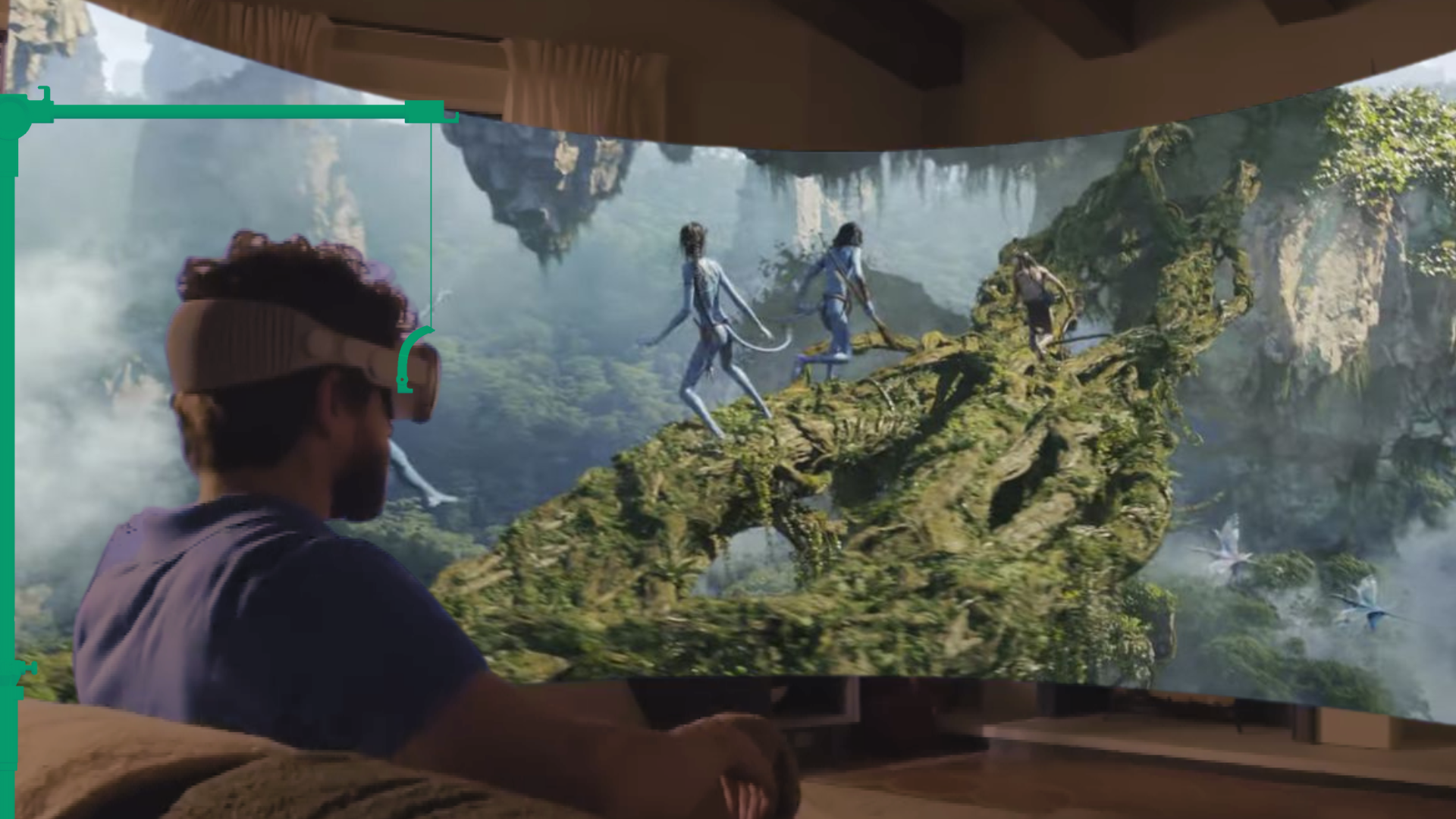
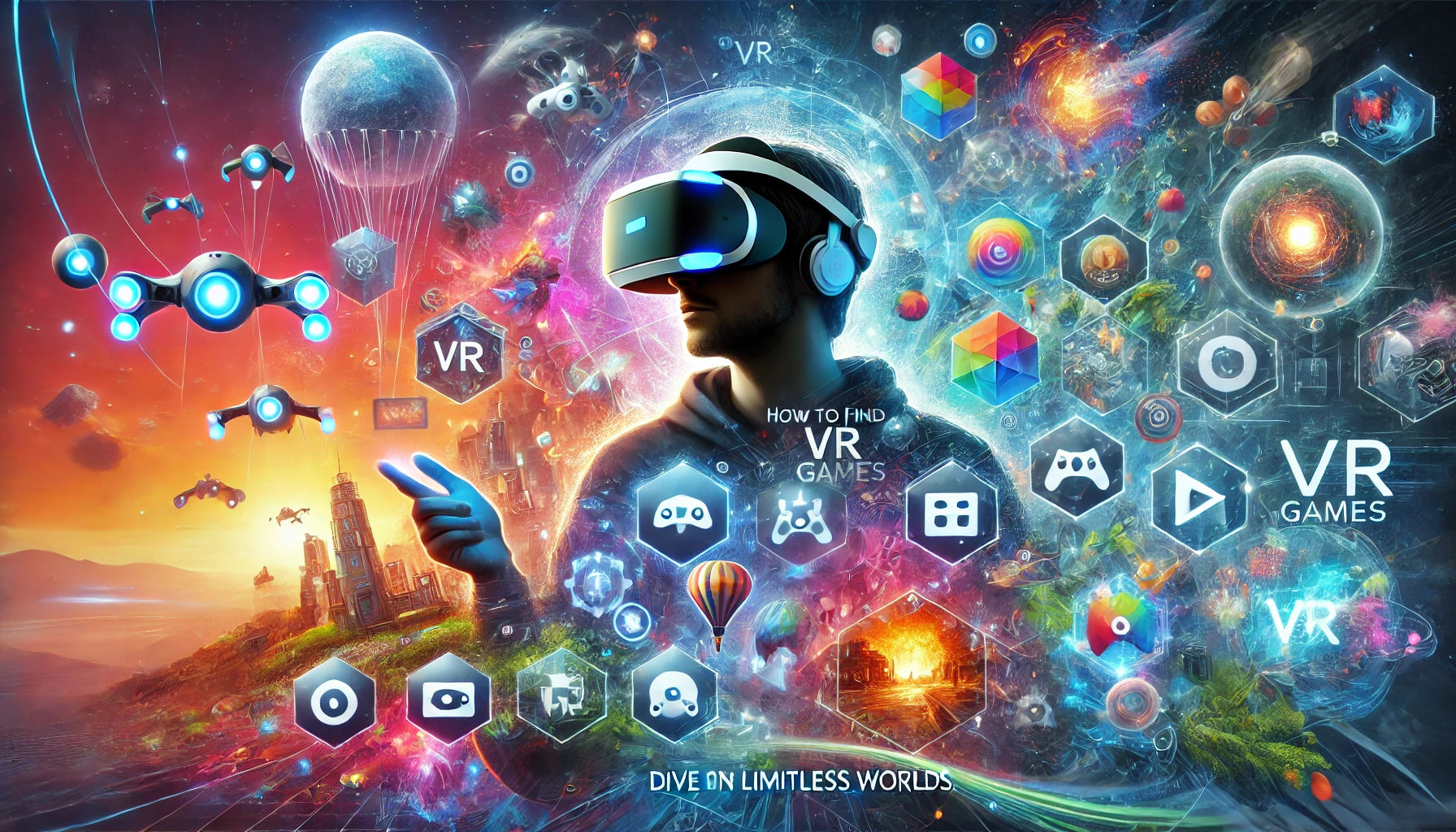
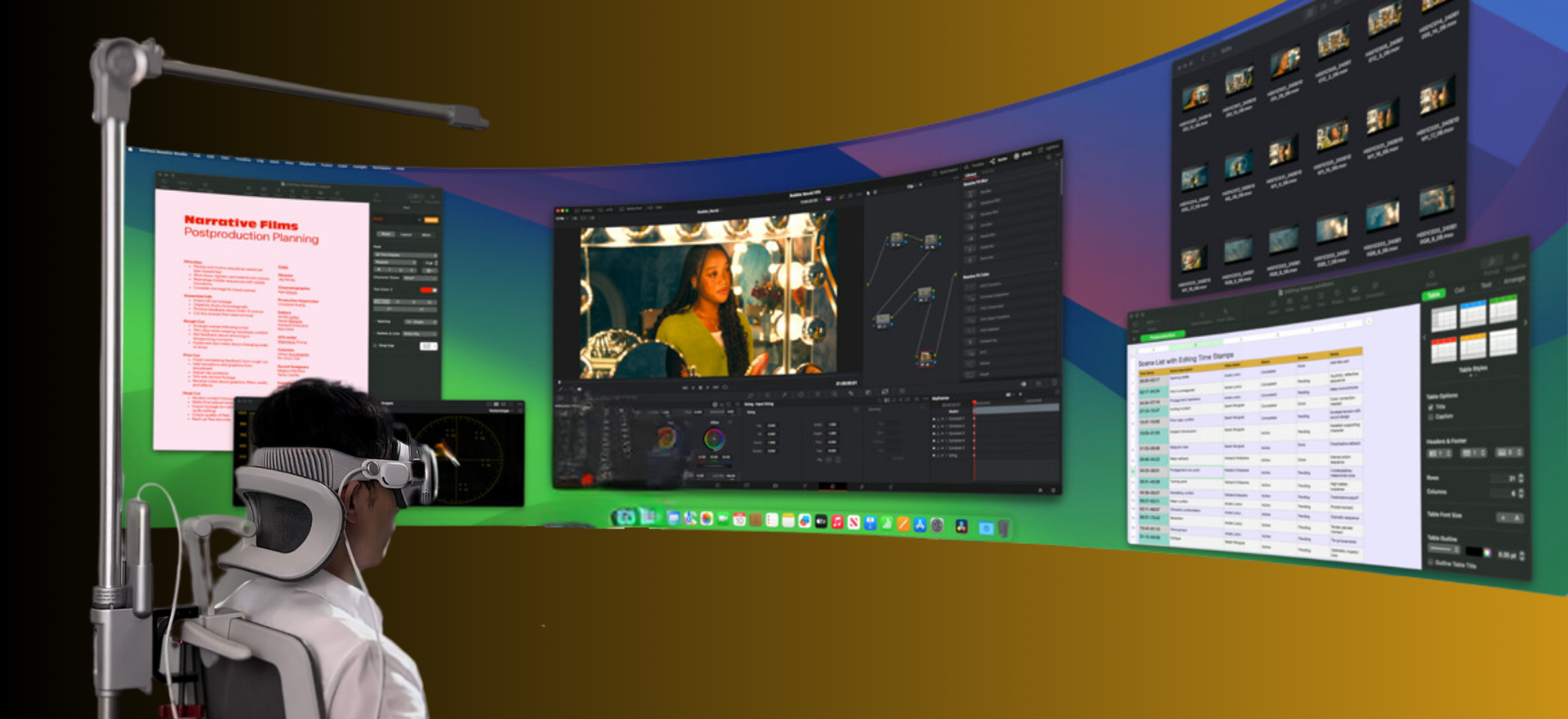
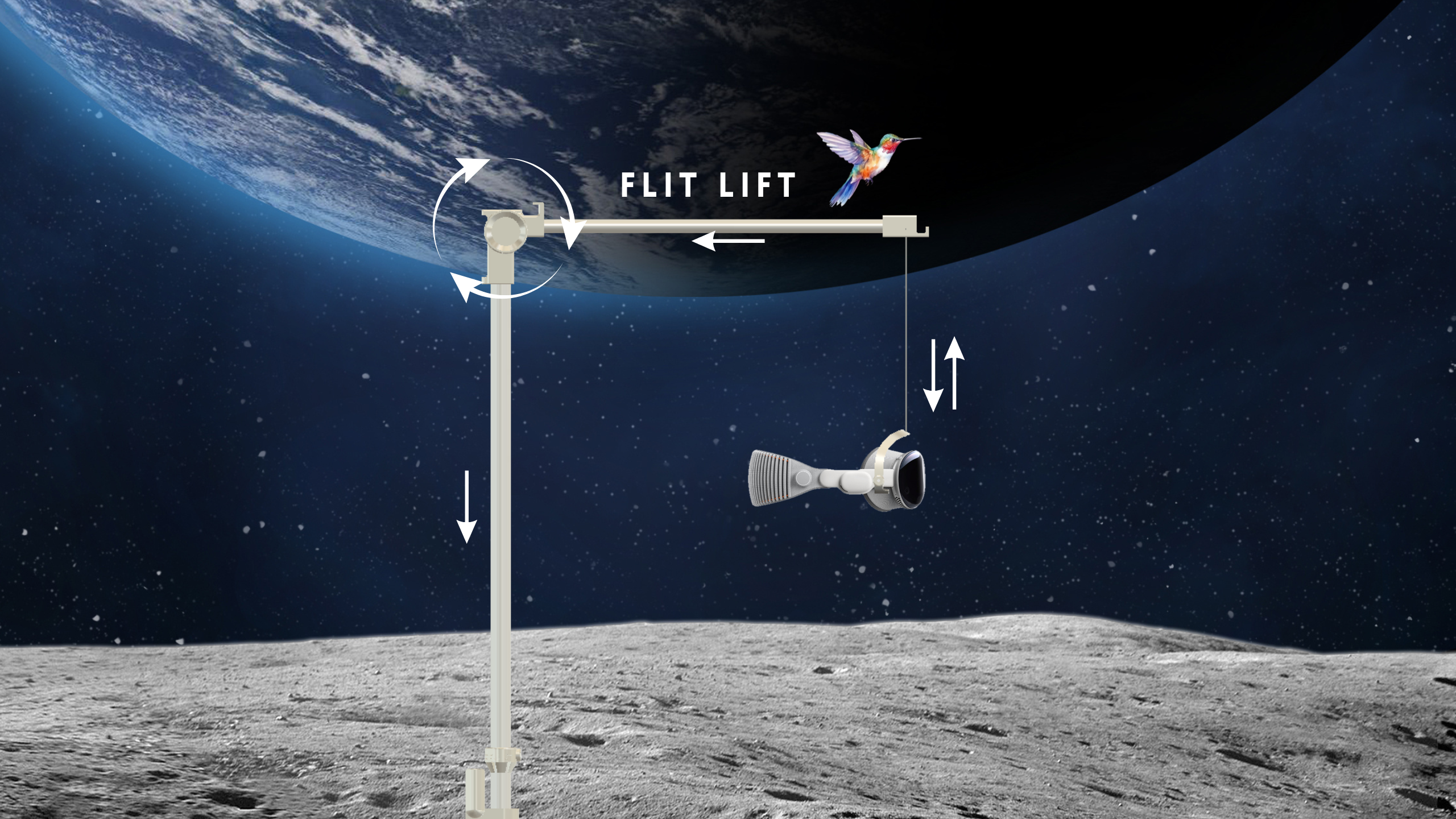
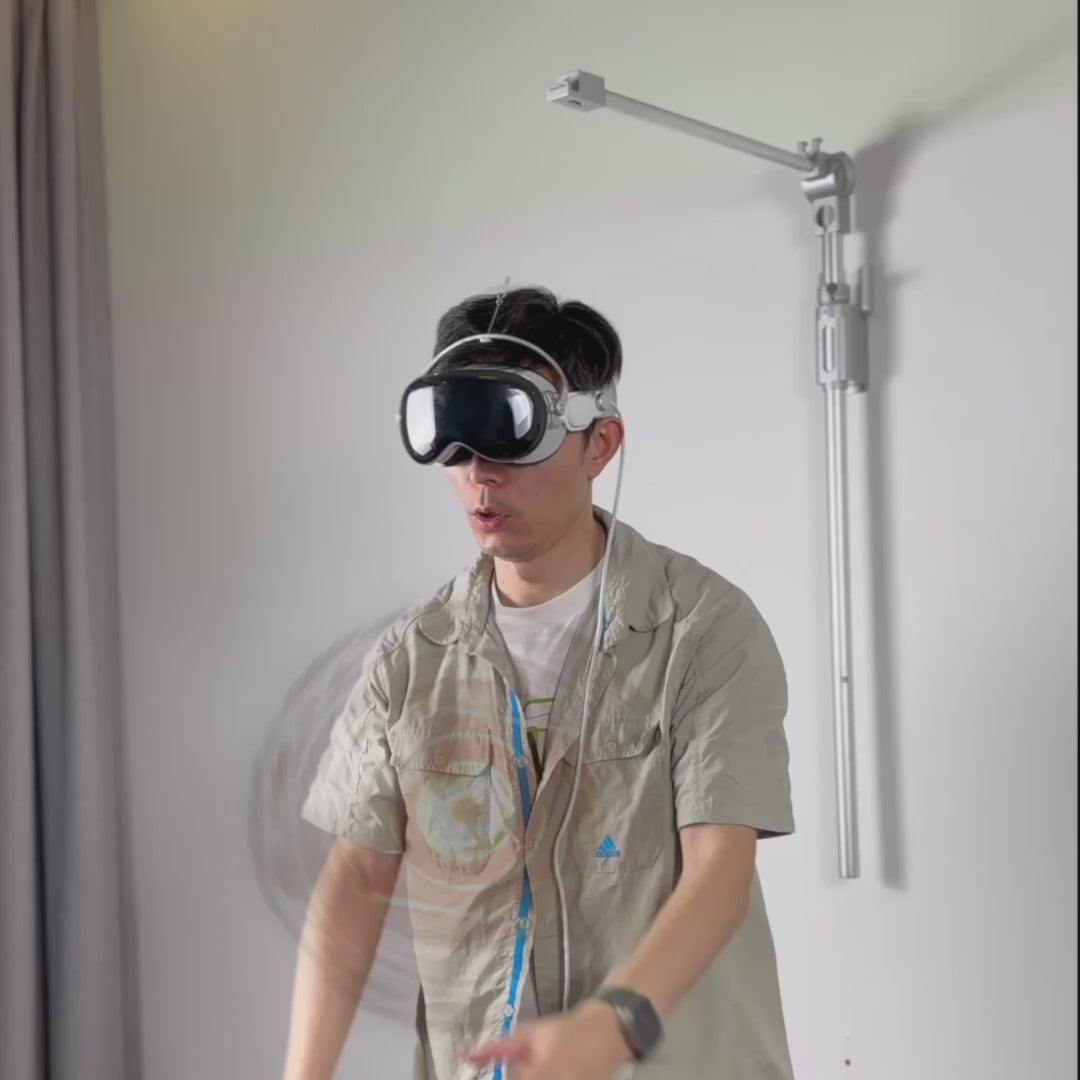
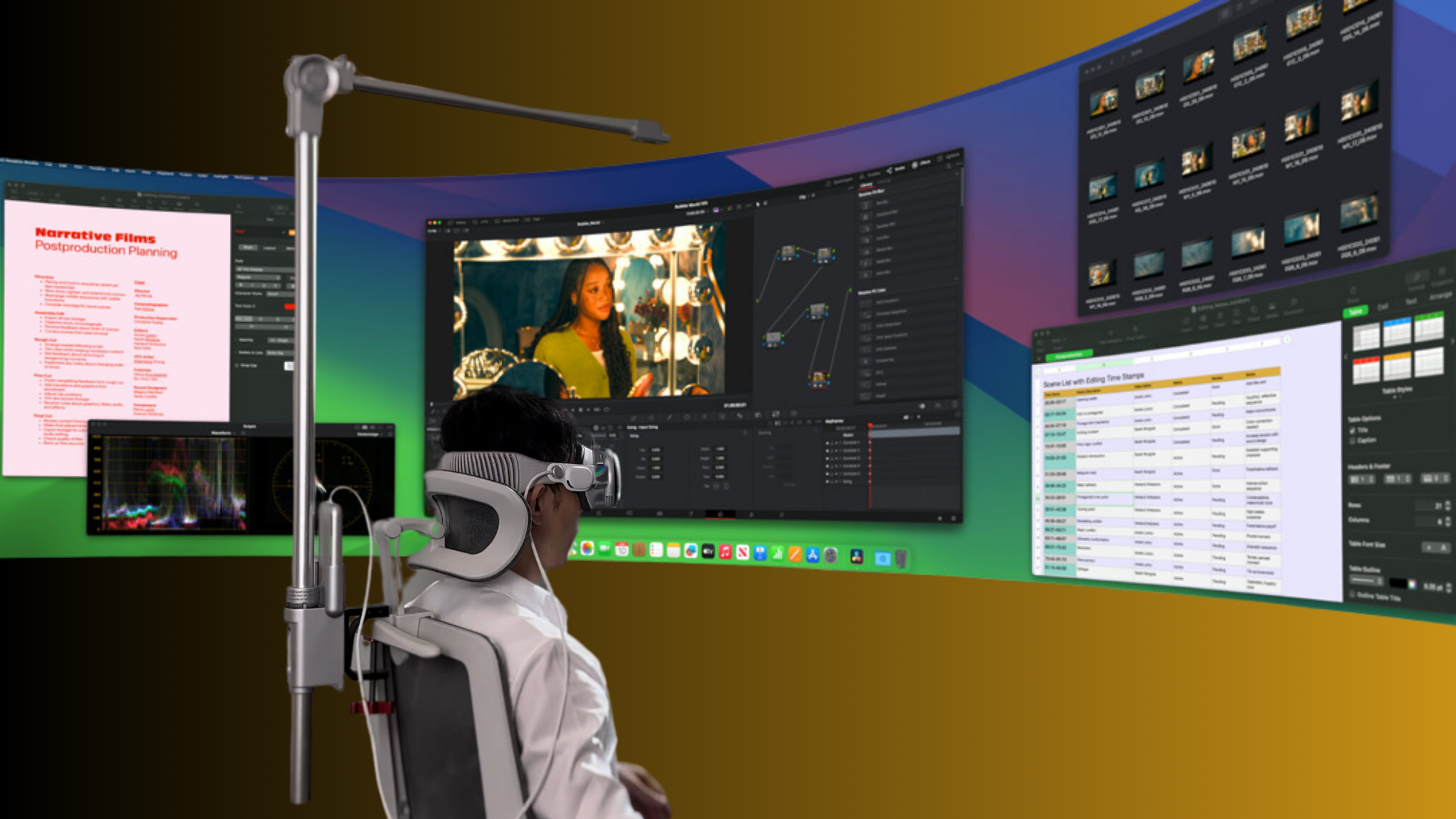
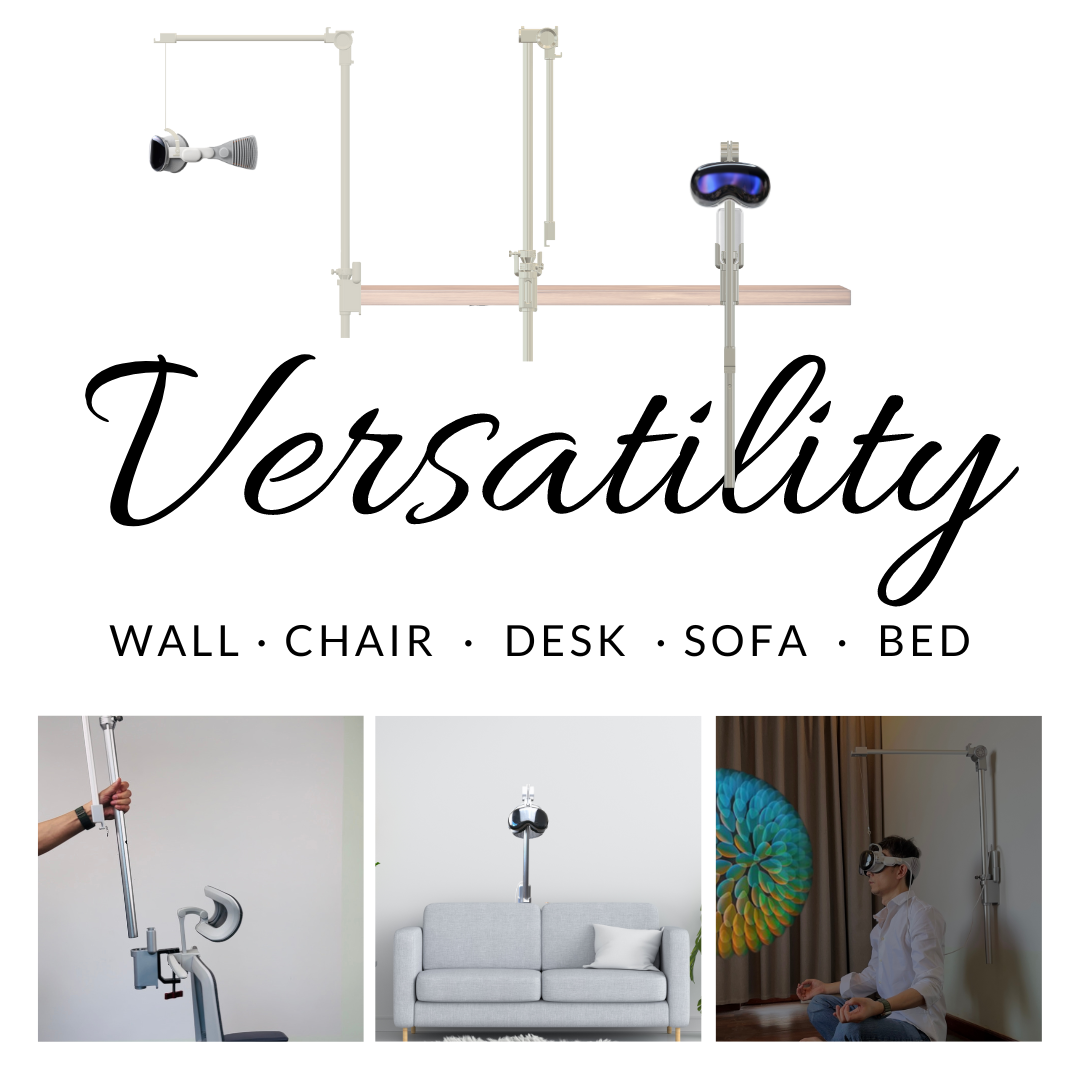
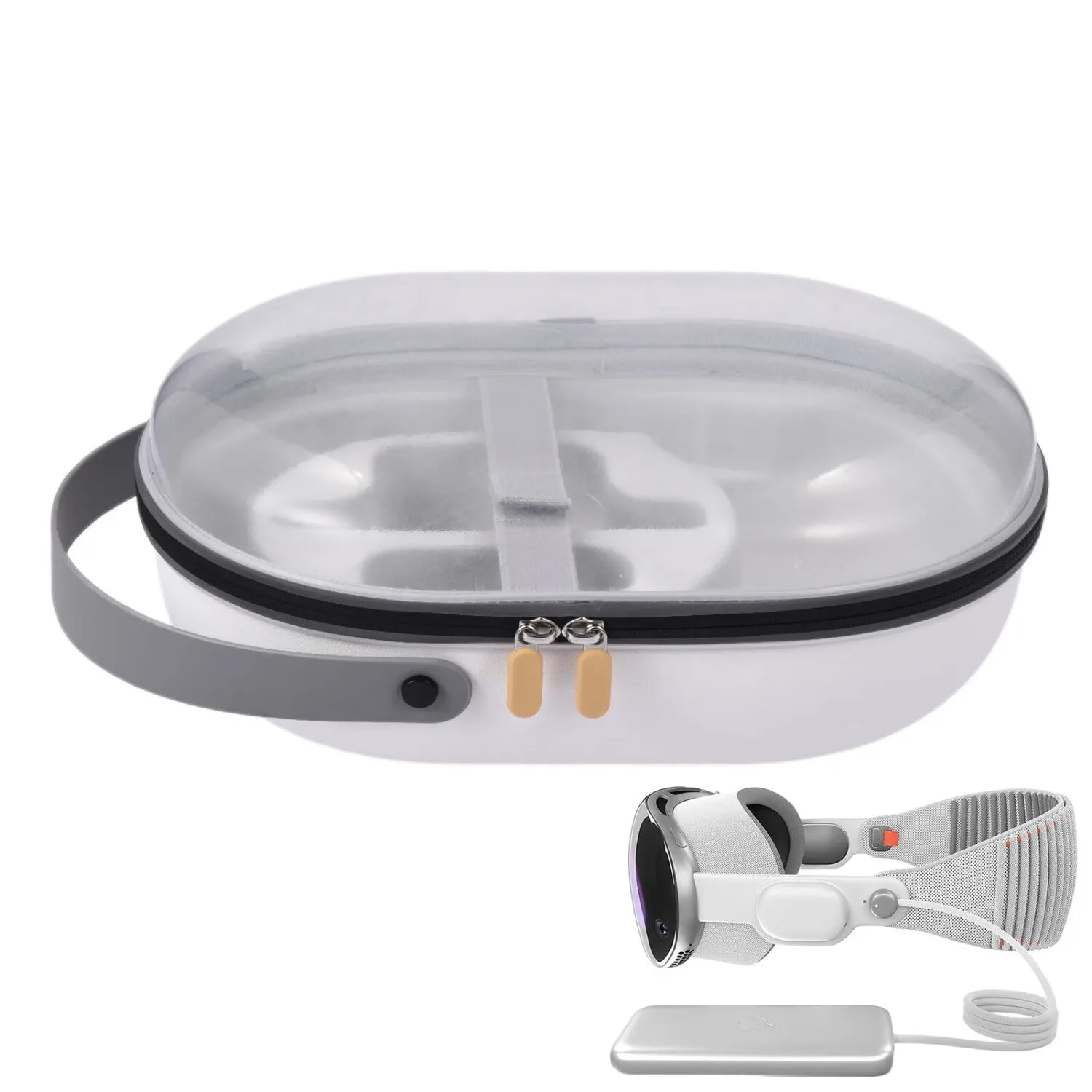
Share:
VR Hygiene Kit Essentials: Keeping Your VR Experience Clean and Comfortable
Top Strategies for Distributing VR Headset Weight Comfortably